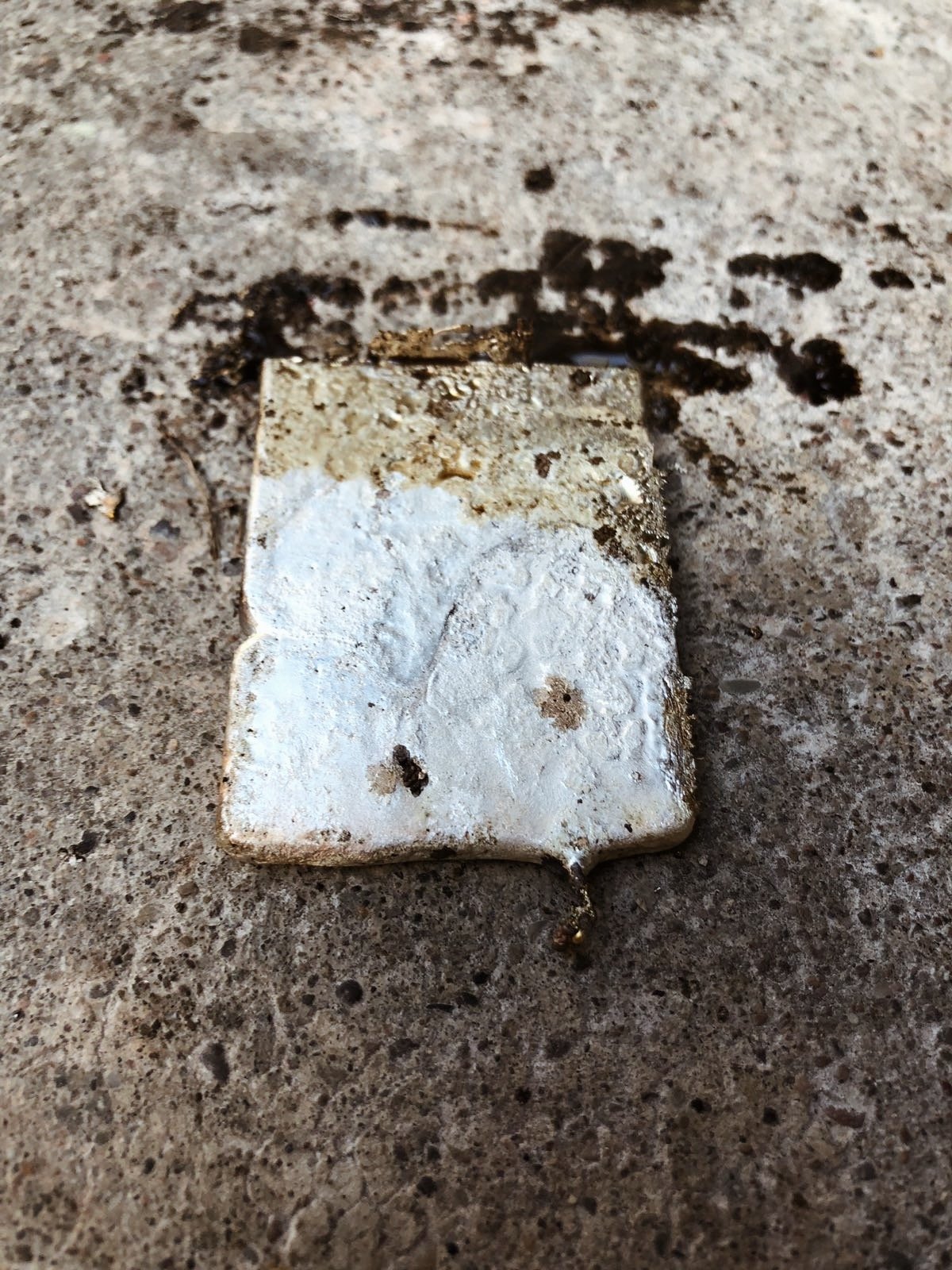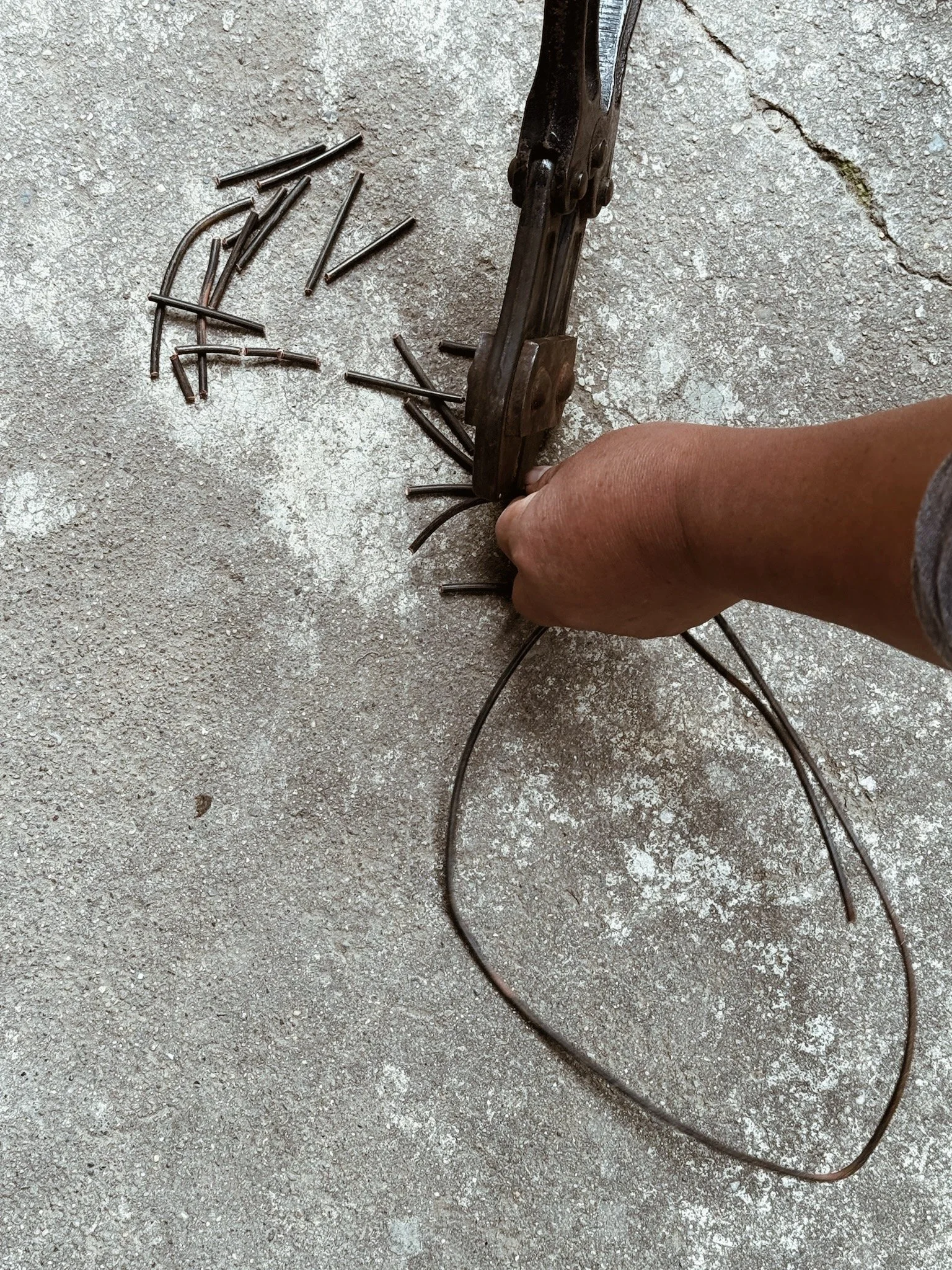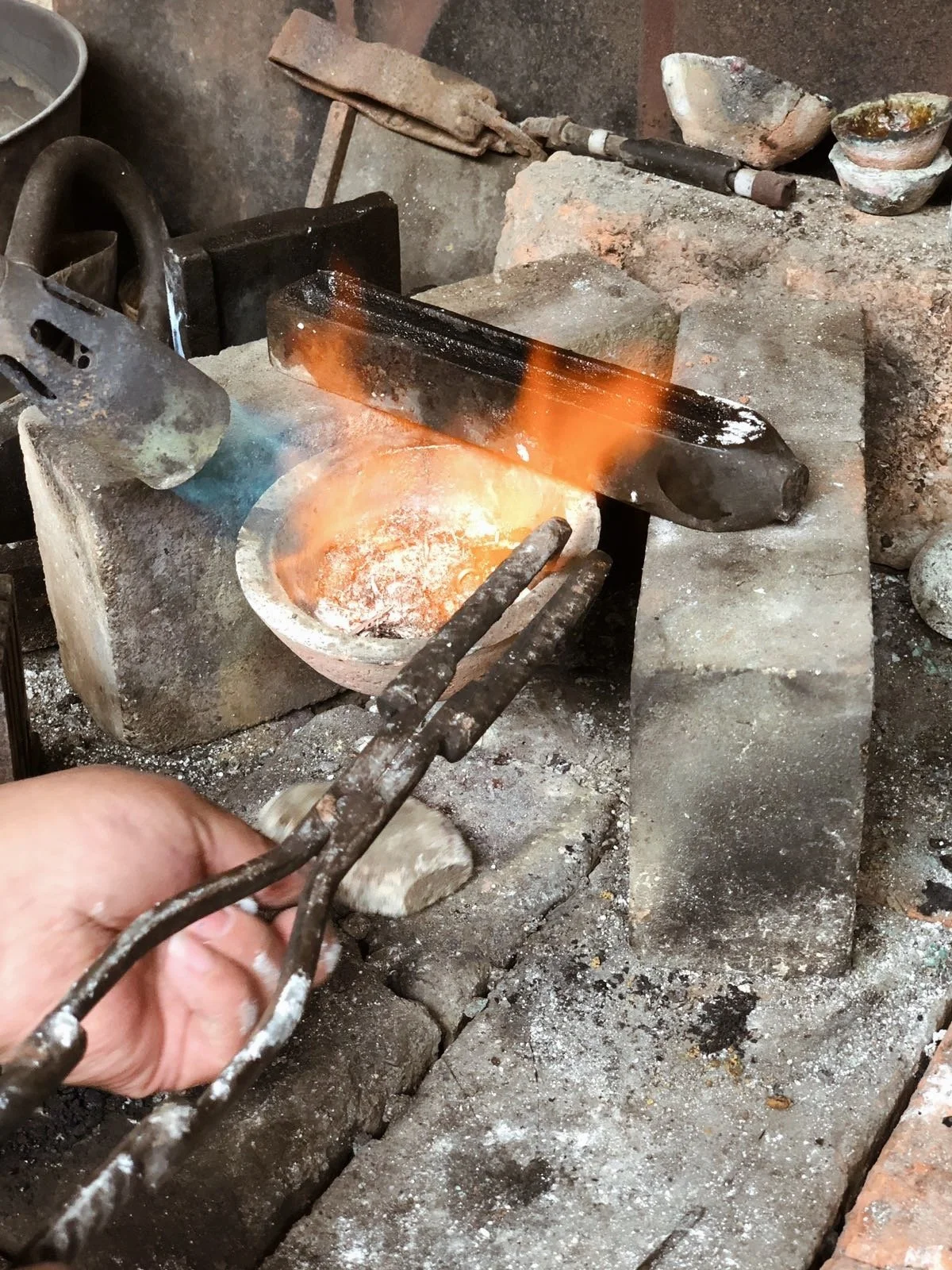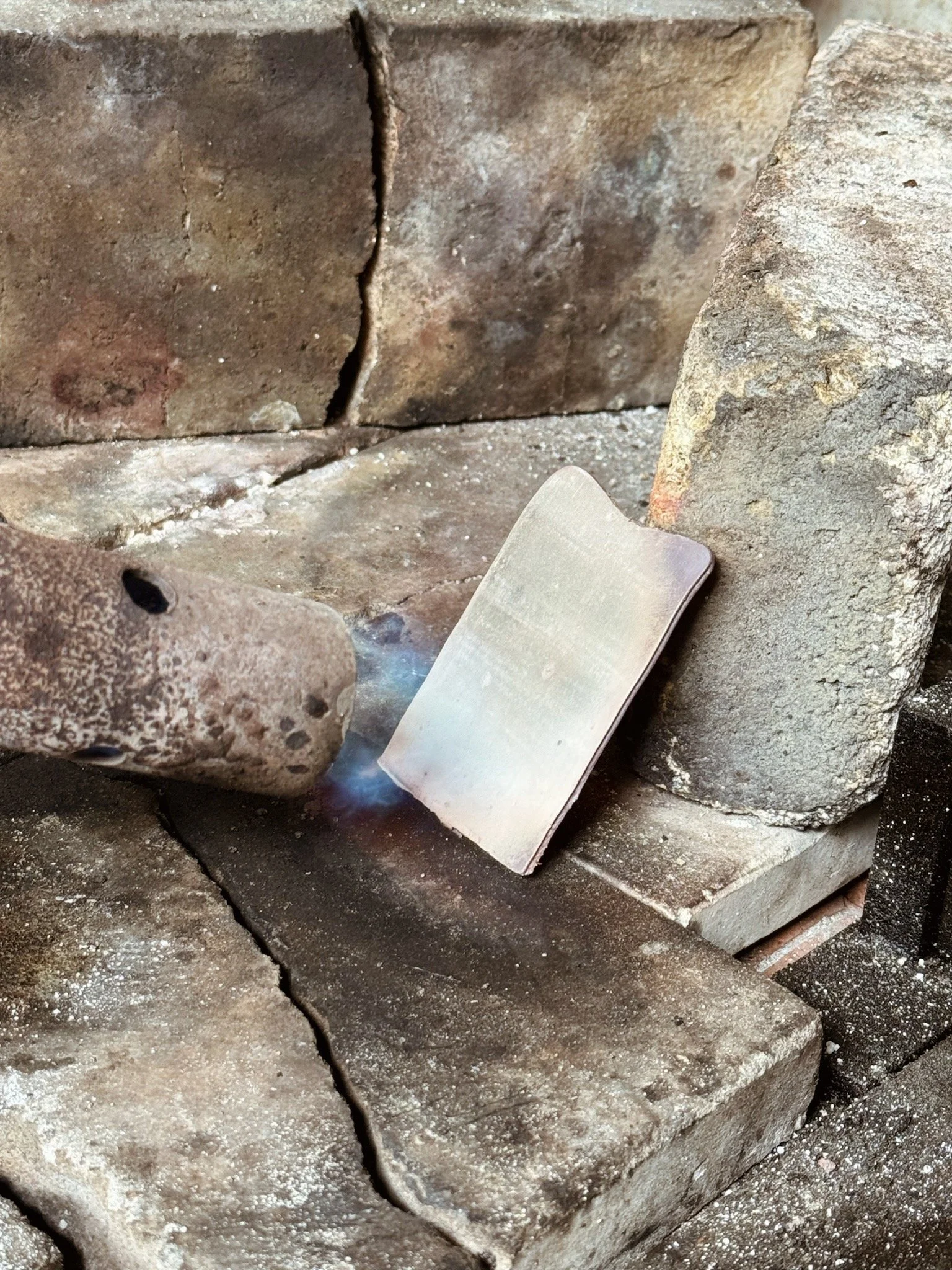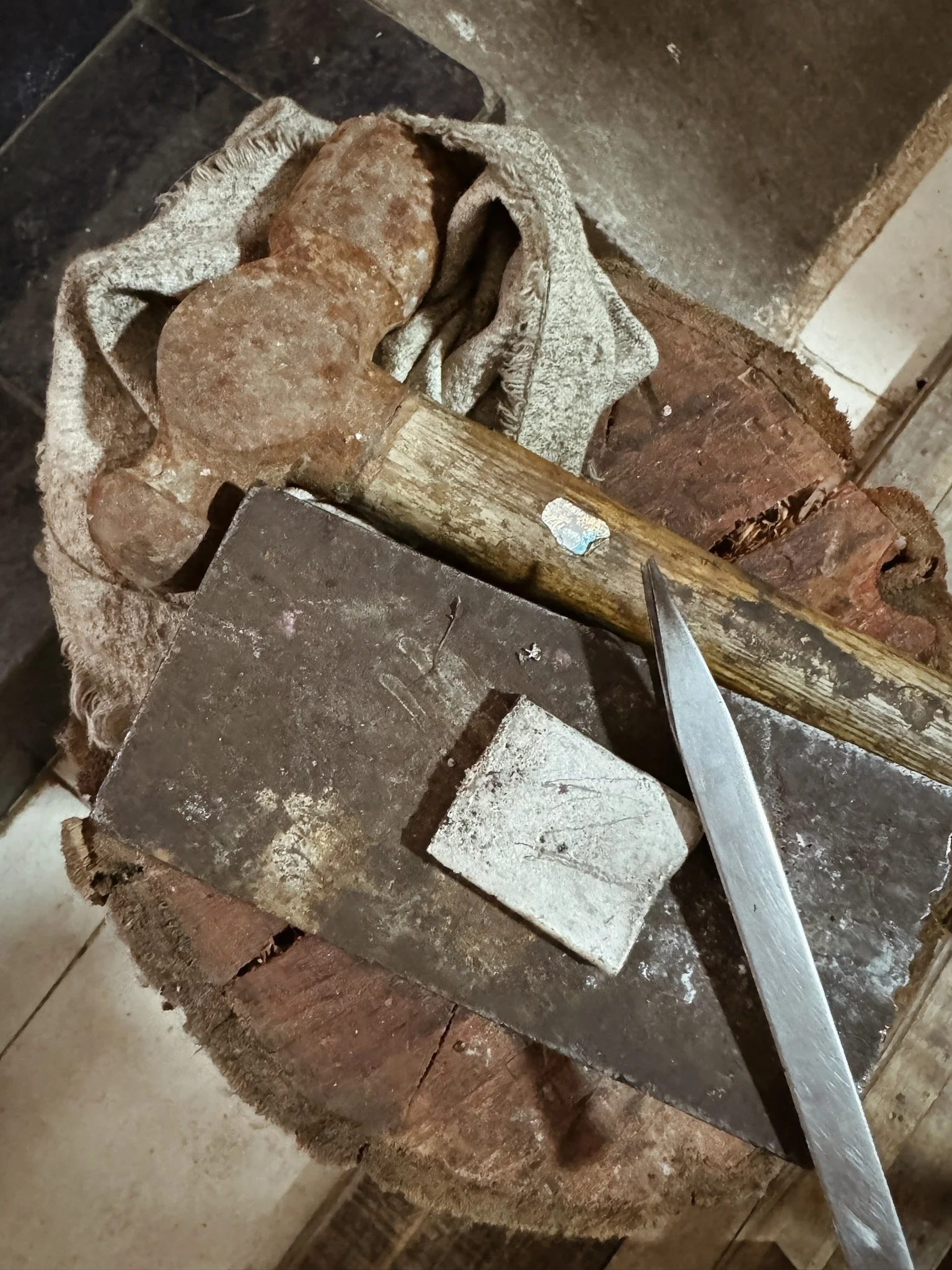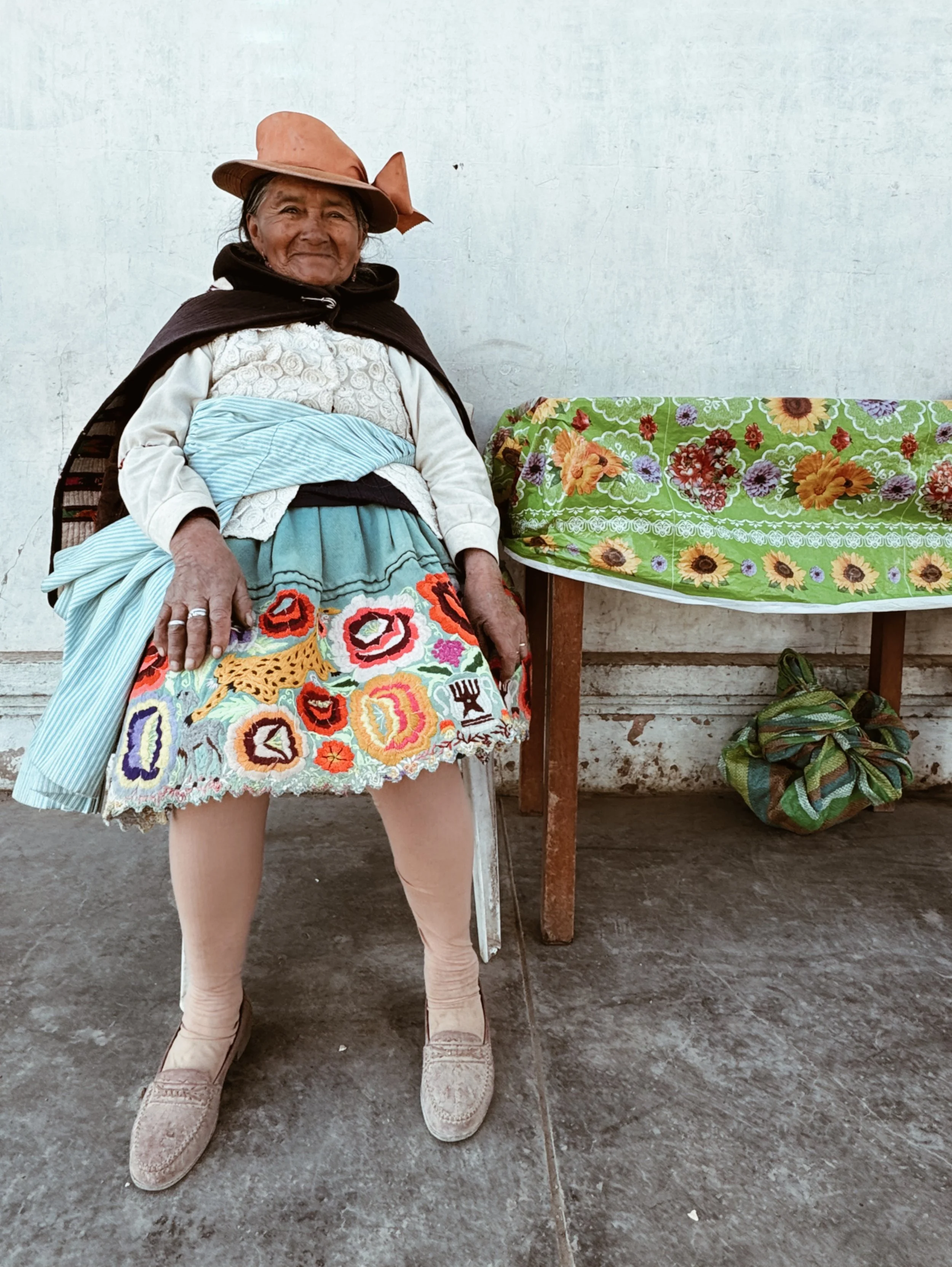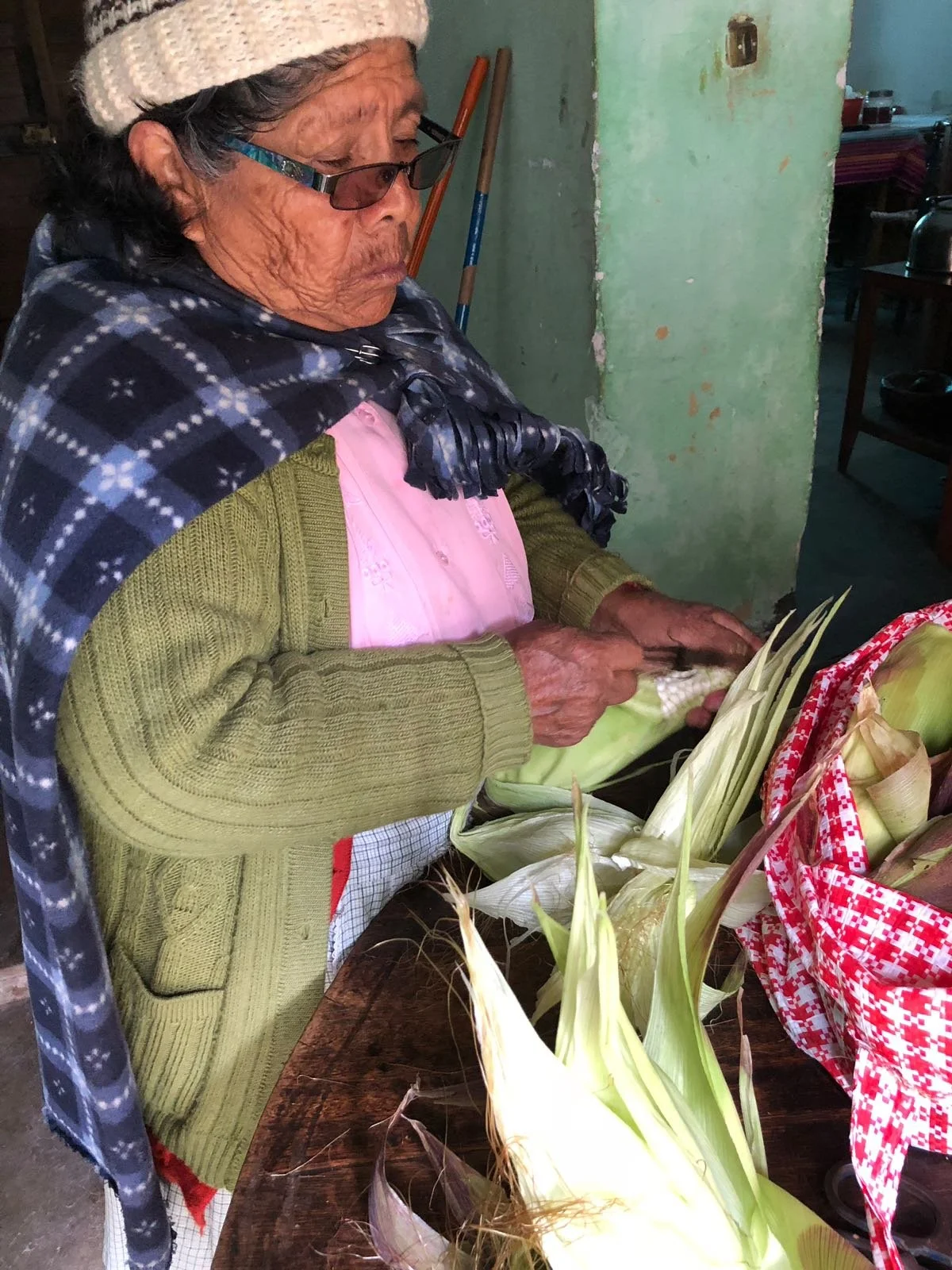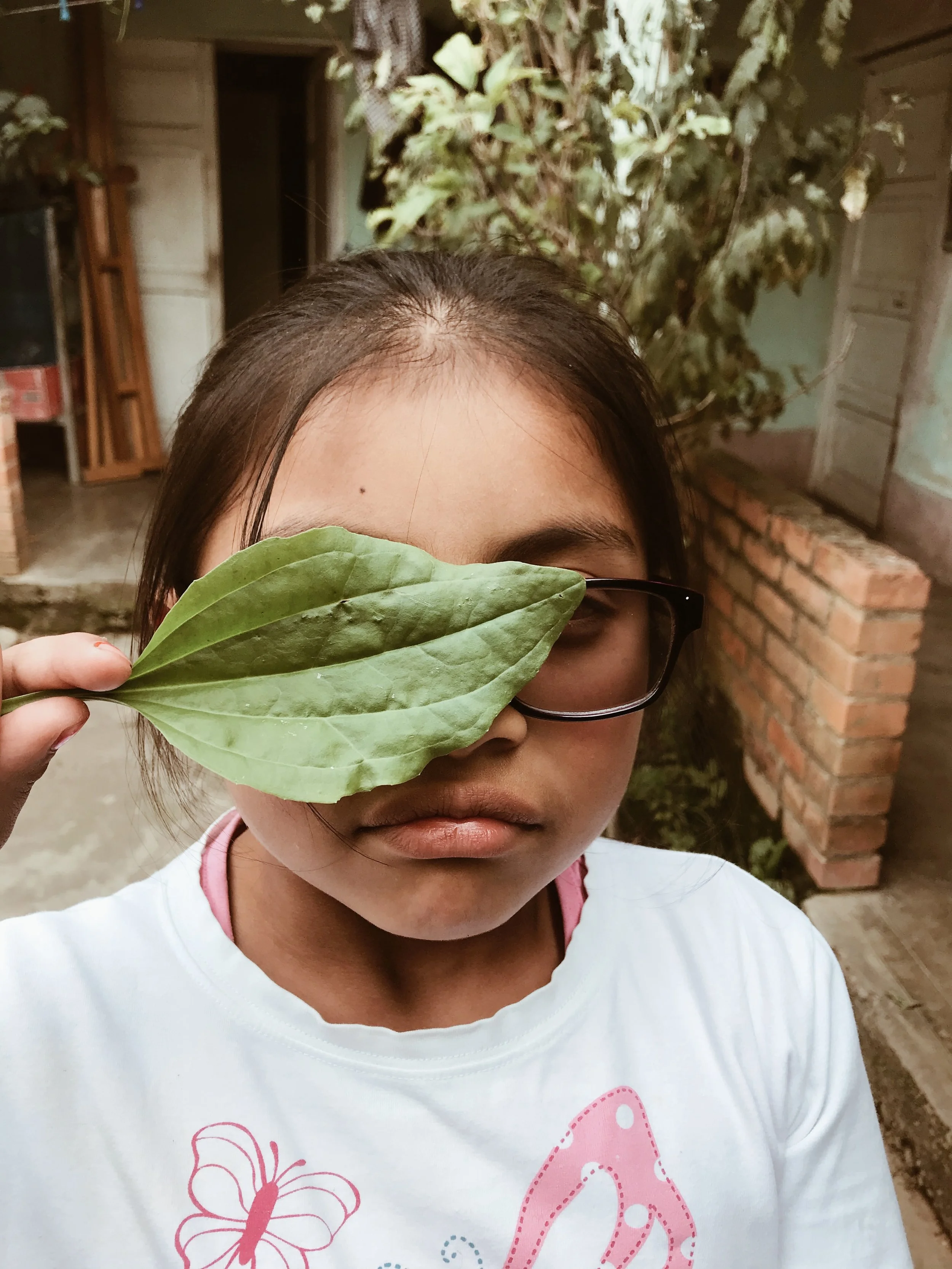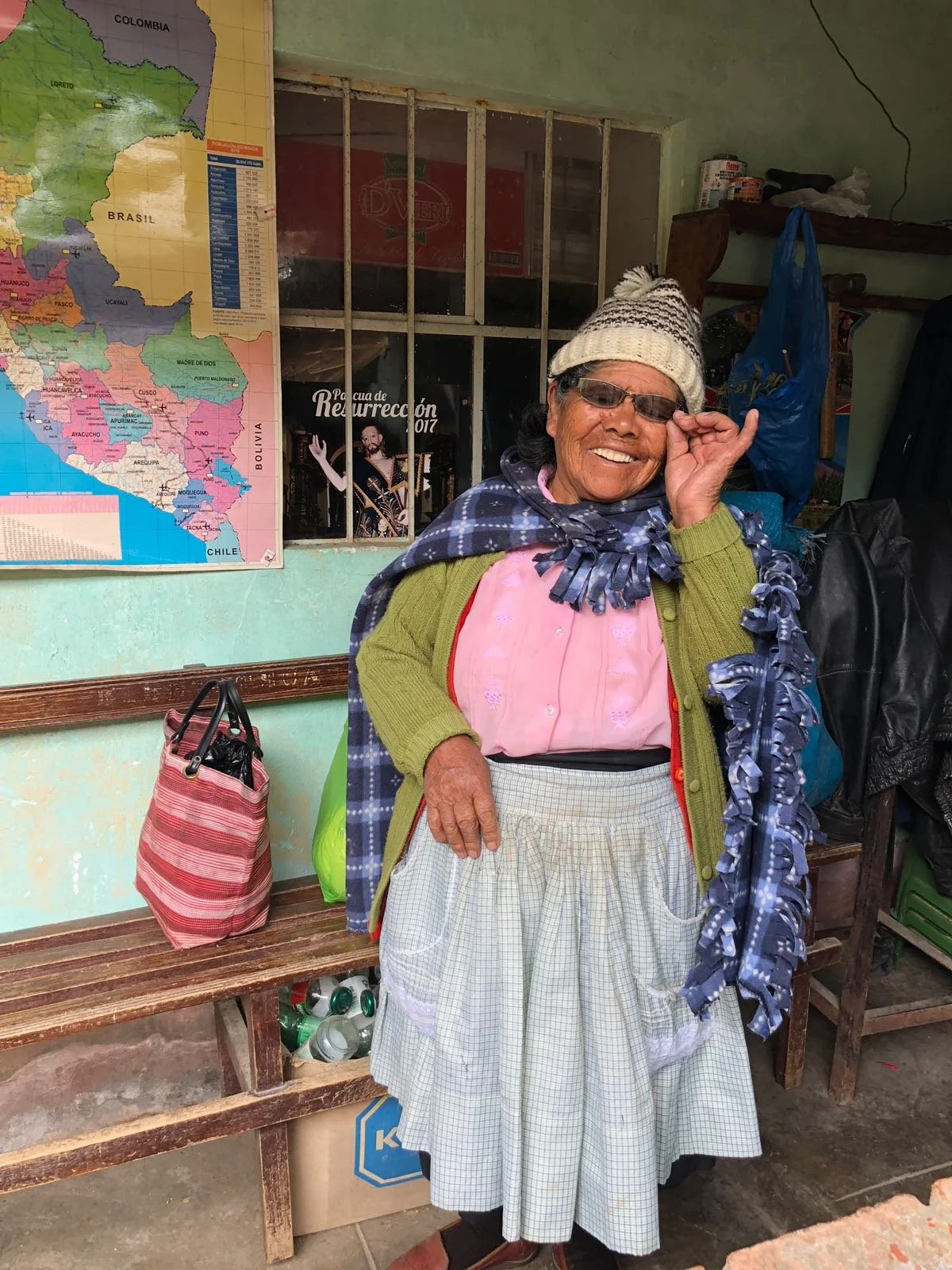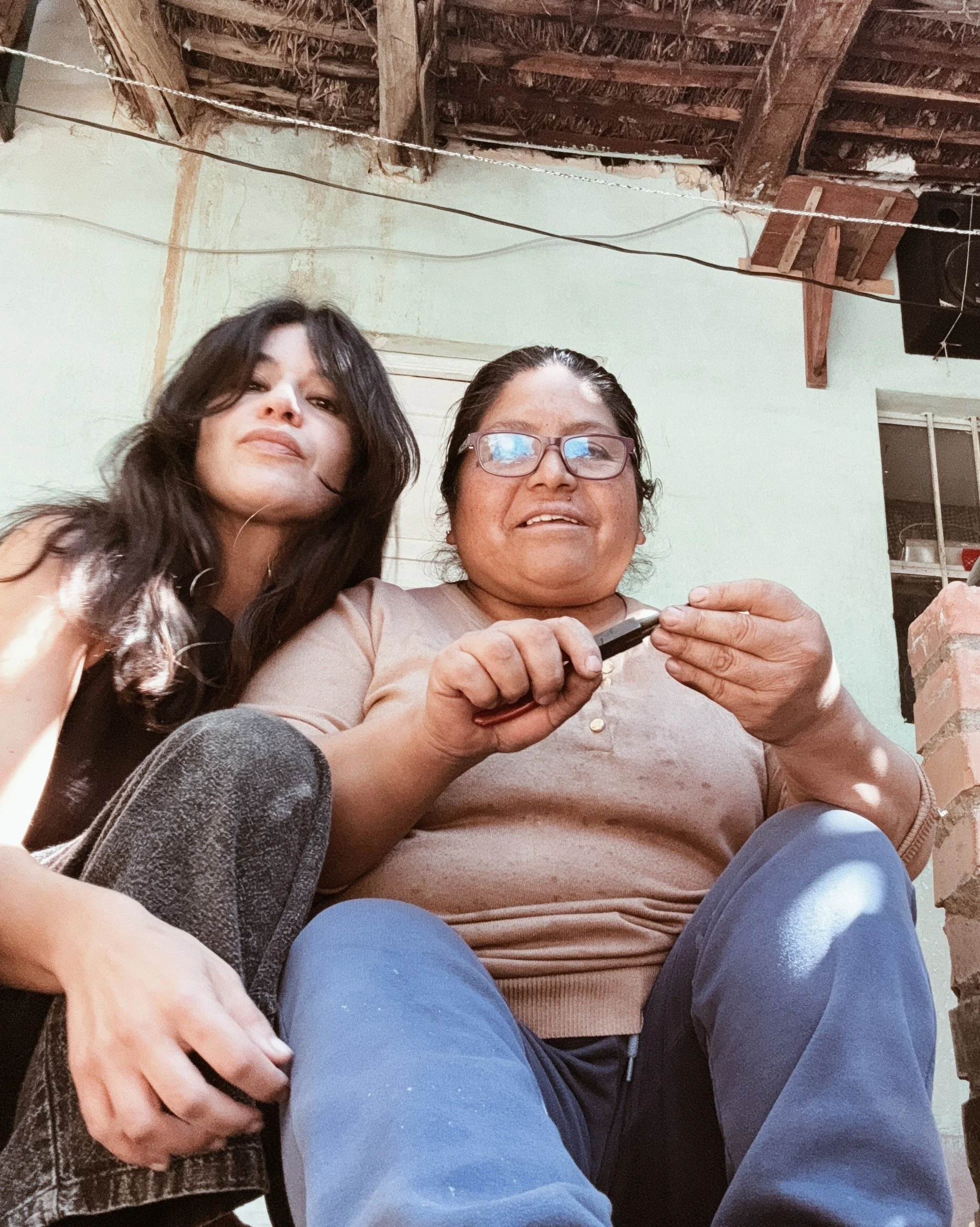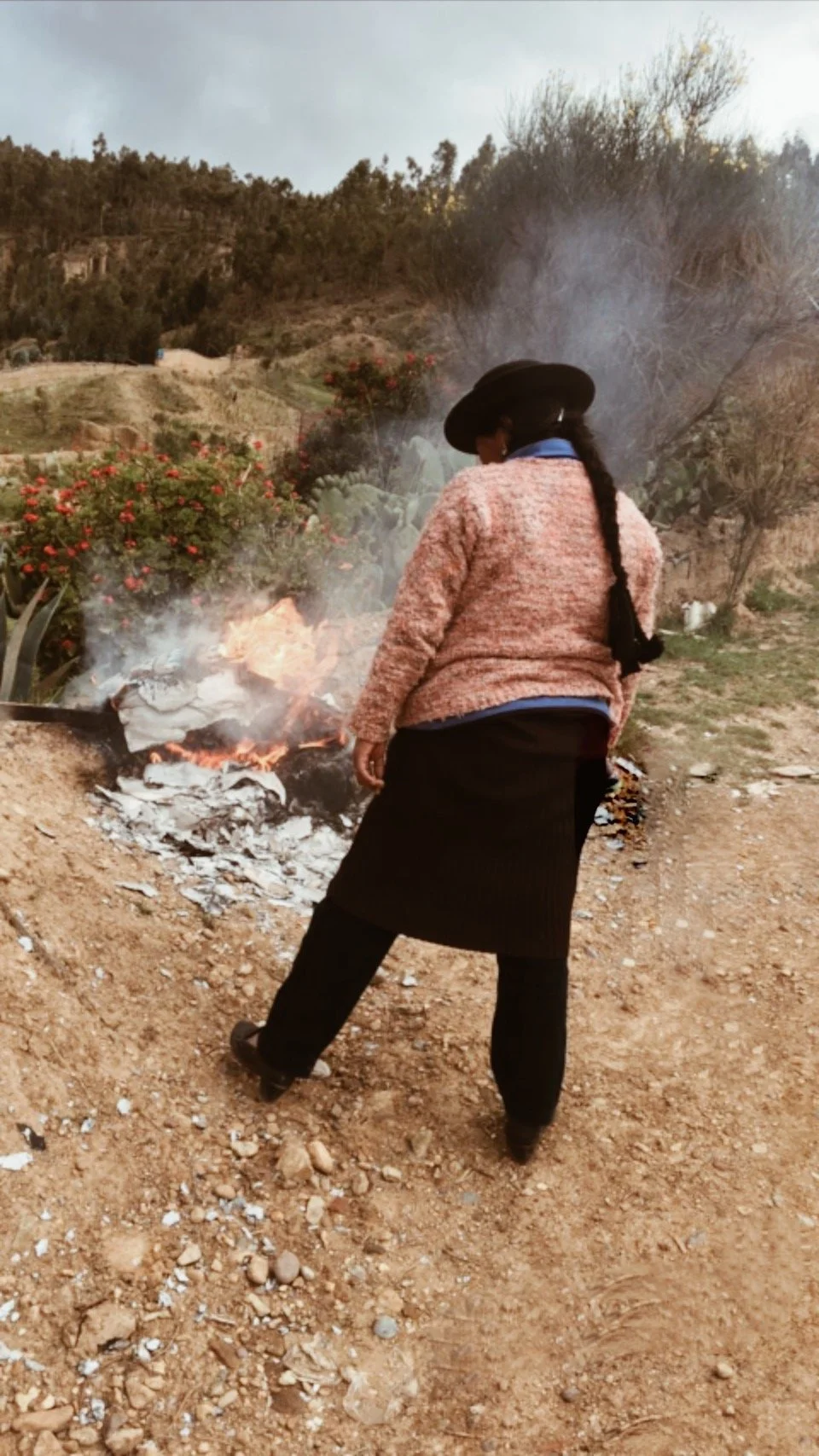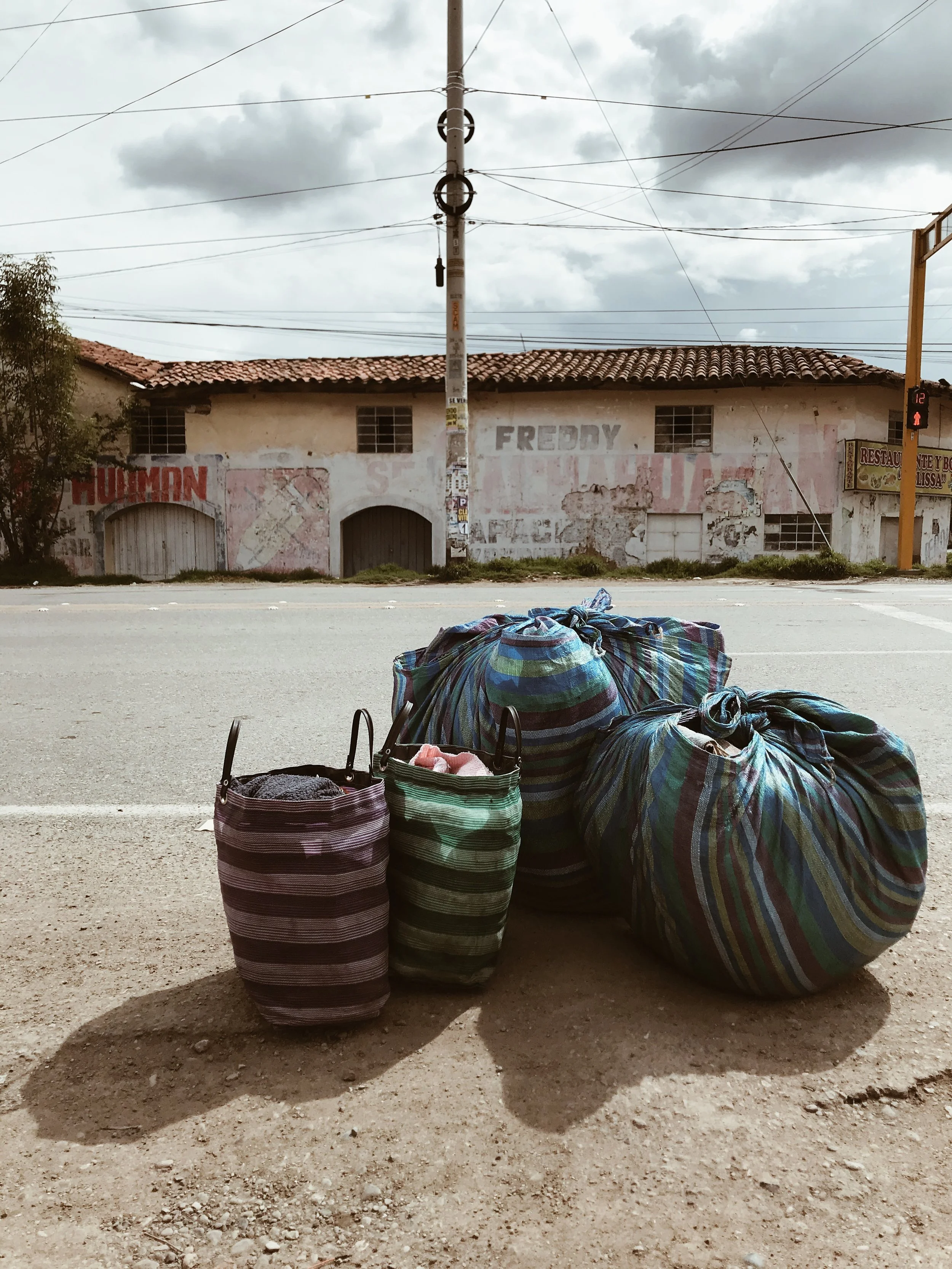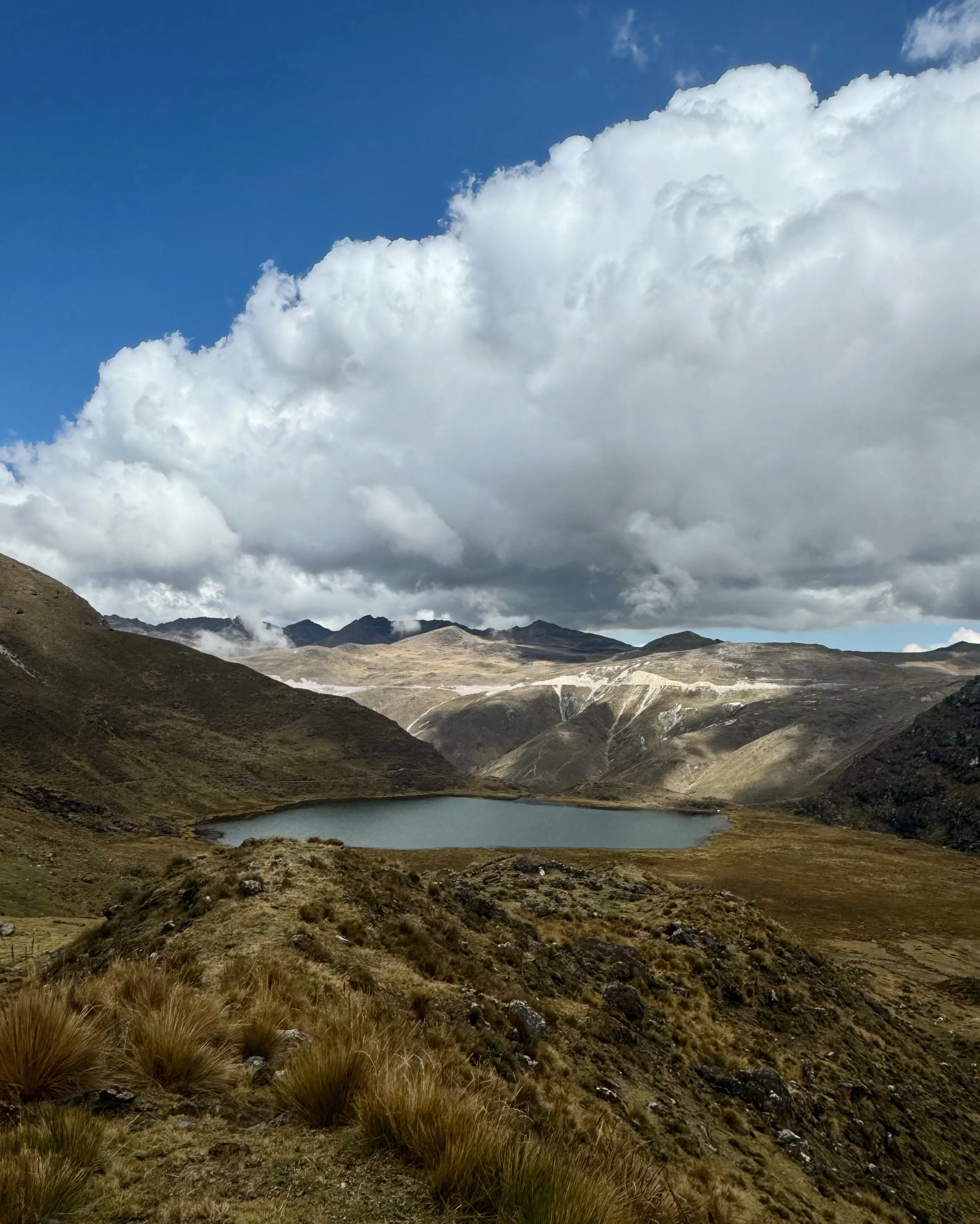MARTIN CHAMBI: indigenous gaze
On this Indigenous Peoples Day, we remember Martin Chambi, a photographer who captured Andean communities with dignity and preserved Peru’s cultural heritage, making a lasting contribution to the Indigenism movement.
Remembering the enduring legacy of Martín Chambi, a pioneering Indigenous photographer who dedicated his life to capturing Andean communities and their everyday lives with dignity. He preserved and promoted regional folklore and Peru’s pre-Columbian cultural heritage, highlighting Andean traditions and identities that had long been marginalised by colonial and post-colonial structures.
Martín Chambi (1891–1973) was born in the village of Coaza near Lake Titicaca. After learning photography from English engineers working near his hometown, he trained in the prestigious Vargas studios in Arequipa before establishing his own studio in Cusco in 1920. He documented the life of Andean communities with intimacy and dignity, portraying both urban modernity and rural traditions. He refused to romanticise or exoticise Indigenous life; instead, he revealed its strength, complexity, and humanity.
Through his lens, Chambi exposed how colonialism had taught society to overlook the profound oppression of Indigenous communities. He challenged racial prejudices and social hierarchies, making a lasting contribution to the representation of Peru’s Indigenous peoples and to the Indigenism movement, a multifaceted cultural and political movement spanning several Latin American countries that emerged in the early 20th century to recognise, celebrate, and defend the rights and identity of Indigenous peoples.
Julia Chambi, his daughter, continued to carry forward this commitment, celebrating and sharing the beauty and strength of Andean identity and culture.
Explore more of Martín Chambi's universe on Instagram




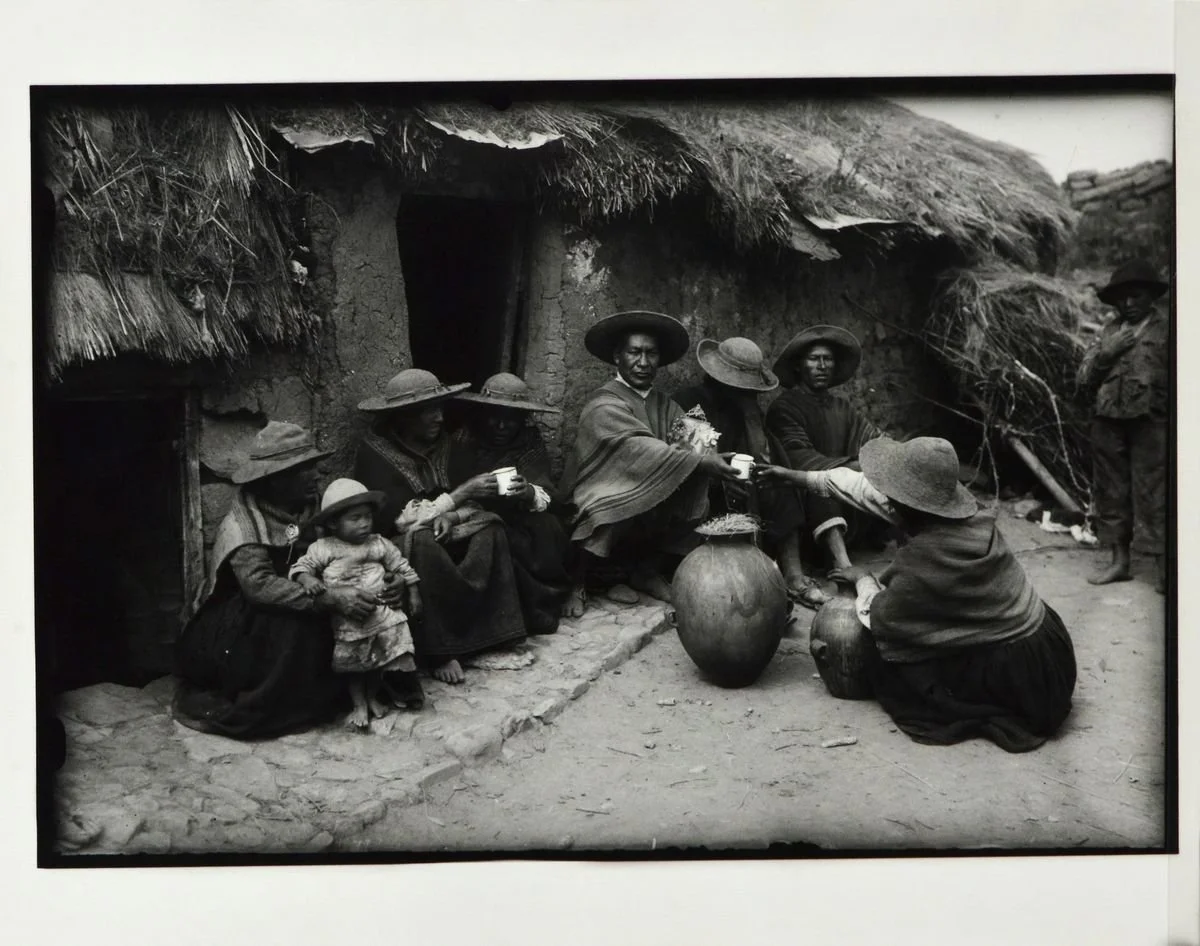




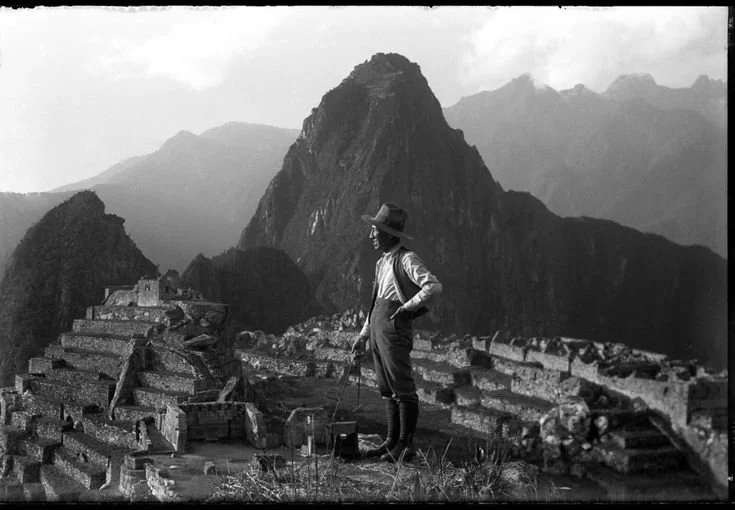

Victoria Santa Cruz: Afro-Peruvian Voice, Memory, and Legacy
This October, in honour of Black History Month, we celebrate Victoria Santa Cruz ,a fearless Afro-Peruvian poet, performer, and cultural icon whose powerful words and rhythms confronted racism and transformed collective identity.
“I was born Black, I was born a woman, and later being Latin American also presented an obstacle,” Victoria Santa Cruz (1922–2014) reflected on her extraordinary life. Transforming barriers into opportunities, she pioneered Afro-Peruvian art and became a guiding force for generations worldwide.
This October, in honour of Black History Month, we celebrate this fearless poet, performer, and cultural icon whose work resonates across time. Victoria’s words and rhythms carry the resilience, pride, and voice of the Afro-Peruvian community. Through her artistry, she confronted racism and social hierarchies rooted in colonial heritage, leaving a legacy that continues to inspire creativity, reflection, and presence today.
1. Early Life and Awakening: At just five years old, Victoria experienced her first encounter with racism in Lima, an experience that would later inspire her powerful rhythmic poem Me Gritaron ‘¡Negra!’ (“They Shouted ‘Black Girl’ at Me”). Through this work, she reclaimed pride in her Black identity, demonstrating the transformative power of rhythm and self-knowledge.
2. Cumanana and Artistic Innovation: Beginning in the late 1950s, Victoria and her brother Nicomedes founded the groundbreaking theatre group Cumanana, sparking a Black arts resurgence in Peru. She went on to study choreography, costume design, and rhythm in Paris, travelled to Africa, and brought Afro-Peruvian traditions to stages worldwide.
3. Black Theatre and Dances of Peru: In 1967, she founded Black Theatre and Dances of Peru, producing works exploring Afro-Peruvian life, history, and identity. She also developed her signature technique, Discovery and Development of Internal Rhythm, to cultivate consciousness and pride among performers.
4. Recognition, Teaching, and Global Influence: Victoria held unprecedented positions for Black women in Peru, including directing the National Folklore Ensemble and representing her country at the Cultural Olympics in Mexico City. Later, as a faculty member at Carnegie Mellon University, she influenced a new generation of performers, bringing rhythm-based pedagogy to an international stage.
5. Legacy and Inspiration: Although she never labelled herself a feminist or activist, Victoria fought tirelessly for inclusion, equality, and the universal humanity of Black Peruvians and women. Today, she is celebrated as a pillar of Afro-Peruvian cultural heritage, reminding us that obstacles—whether of race, gender, or circumstance- can be transformed into opportunities for creativity, expression, and empowerment.
Check out our Instagram reel with Victoria Santa Cruz discussing racism.




This message from Professor Victoria Santa Cruz to (future) Carnegie Mellon University School of Drama seniors is from a movie for the class of 2002 by Eric Feldman. In her message, Victoria Santa Cruz explains her approach to the development of interior rhythm.
A Sustainable Journey: From Raw Silver to Jewellery
At Jakhu Studio, materials are more than just elements, they carry meaning, memory, and intention. We work primarily with locally sourced silver, often recycled from old pieces or studio remnants. Every step, from melting metal in our workshop to hand-finishing each piece, reflects our commitment to sustainability, integrity, and care. This quiet, grounded approach to making honours both the natural world and the communities we work with.
At Jakhu Studio, a raw piece of silver is never just a material. It holds memory, meaning, and immense potential.
We primarily use locally sourced silver, with a significant recycled portion used across our artisan collections. In our workshop nothing goes to waste, we melt down old pieces and reuse every leftover fragment. For us, sustainability means respecting resources at every step. Our process is slow and intentional. We avoid harsh chemicals and industrial finishes, choosing instead to work in small batches and produce limited-edition and made-to-order designs. These methods honour traditional jewellery-making techniques and tread lightly on the earth.
This journey — from sourcing raw materials, to designing, to handcrafting — is one of reverence, responsibility, and integrity. We believe every choice, no matter how small, carries weight.
By embracing transparency in our materials and methods, we hope to offer not only beautiful but thoughtful jewellery pieces.
Check out this post on Instagram
peru, stories of resilence
A portrait of resilience through the everyday lives of women in the Andes. This post honours the warmth, strength, and spirit of the artisan community, a quiet tribute to presence, care, and connection.
Nature is still, yet everything is transforming resiliently.
I miss Peru and the warmth of people deeply. Resilience lives in the land, in the community, in the hands of the artisans I work with, my extended family.
May this post reconnect us with what truly matters: presence, care, slowness, reverence and togetherness.
Endless gratitude for the hands and hearts behind the work.
Check out this post on Instagram
reflecting on glaciers
A breathtaking view of Huaytapallana’s snow-capped peak and its turquoise lake in the Peruvian Andes. This Earth Day, we reflect on glaciers and the fragile beauty of our planet.
It all began at around 4,000 meters above sea level, where the silence deepens. Nature holds you and humbles you.
I was beyond grateful to witness the raw beauty of the Huaytapallana last year, a glacier in the central Andes near the artisan’s workshop. Majestic and vulnerable, too, heartbreakingly impacted by climate change.
Glaciers feed rivers, regulate weather patterns, and hold stories in their ancient ice. When we lose them, we lose more than just frozen water. We lose balance.
Let this day be a reminder that our planet needs our care and love every day. Live as sustainably and responsibly as you can and let your actions inspire others in your community.
For exclusive videos, check out this post on Instagram




